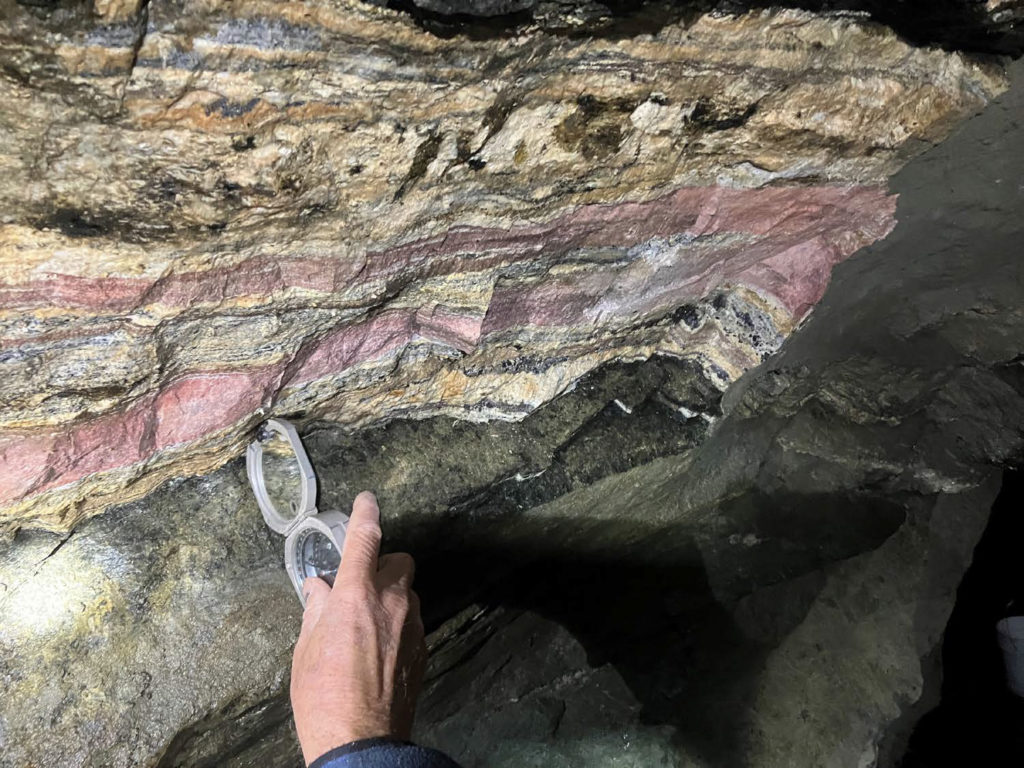Sheep Creek Montana rare earth deposits selected by USGS for exploration and mapping

As part of the United States Geological Survey (USGS) Earth Mapping Resource Initiative (EMRI), the USGS, in cooperation with the Montana Bureau of Mines, announced it is conducting a high-resolution flyover, an aeromagnetic and aero-radiometric survey at US Critical Materials Corp.’s Sheep Creek property in southwest Montana.
Detailed geologic mapping and geochemical sampling will also be conducted to further define rare earth mineralization already identified. The total claim block held by US Critical Materials is 7 square miles.
US Critical Materials announced in February that rare earth samples from 125 feet underground at its flagship Sheep Creek Montana property reported grades that exceed any other domestic rare earth resource.
The Salt-Lake City, Utah-based privately held company said results from Activation Labs in Ontario, Canada confirm over 10% of total rare earth oxides, (TREO) including high levels of neodymium and praseodymium.
Sheep Creek also has exceptionally low radioactive thorium, which will allow for more environmentally friendly extracting and processing, the company said.
US Critical Materials has nearly 90% TREO (89,932 ppm), far ahead of any other domestic rare earth resource. The deposit also has readings of 2.4% (23,810 ppm) combined neodymium and praseodymium, which are both essential for the green economy.
Critical Materials president Jim Hedrick, a former rare earth commodity specialist for the USGS, said the combination of high-grade rare earths, low thorium, and carbonatites 125 feet below surface is a geological phenomenon that “does not exist in other reported US deposits.”
Hedrick said the pre-resource-stage deposit is valued at a “conservative” $43 billion.
“Over the course of my career independently evaluating rare earth properties within the US, I have never encountered a property with the grades being generated by Sheep Creek,” Hedrick told MINING.COM in an interview in February.
“The company’s geologists have discovered multiple carbonatites and believe there may be a common underground source for these carbonatites,” Hendrick said.
He added that the company’s geologists found 50 carbonites over 800 acres, and they believe there is a ‘continuous source’ underground that ties it all together.
“The goal of Earth MRI is to improve our knowledge of the geologic framework in the United States and to identify areas that may have the potential to contain undiscovered critical mineral resources,” the USGS said in a statement.
“Enhancement of our domestic mineral supply will decrease the nation’s reliance on foreign sources of minerals that are fundamental to our security and economy.”
{{ commodity.name }}
{{ post.title }}
{{ post.date }}



Comments